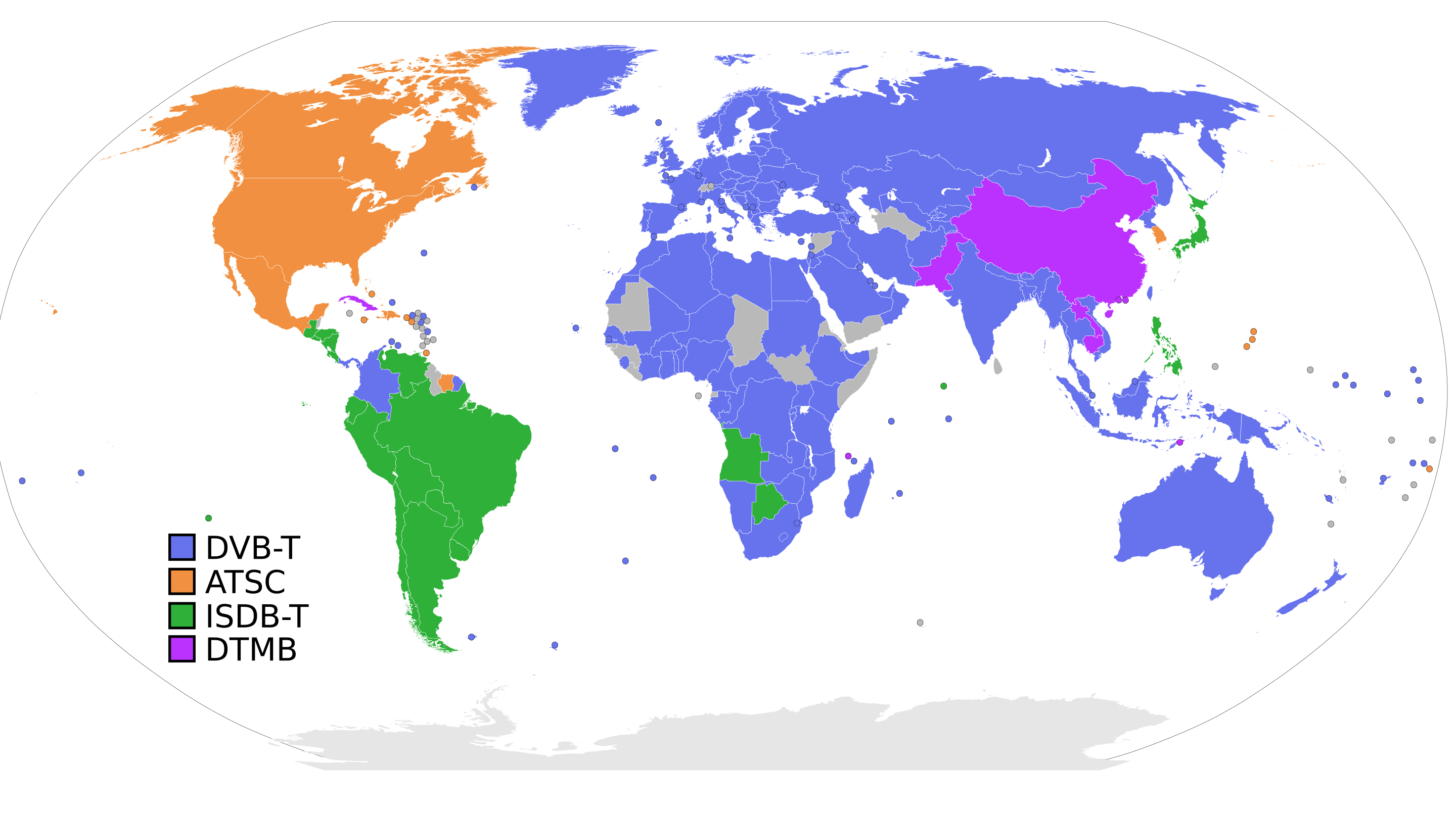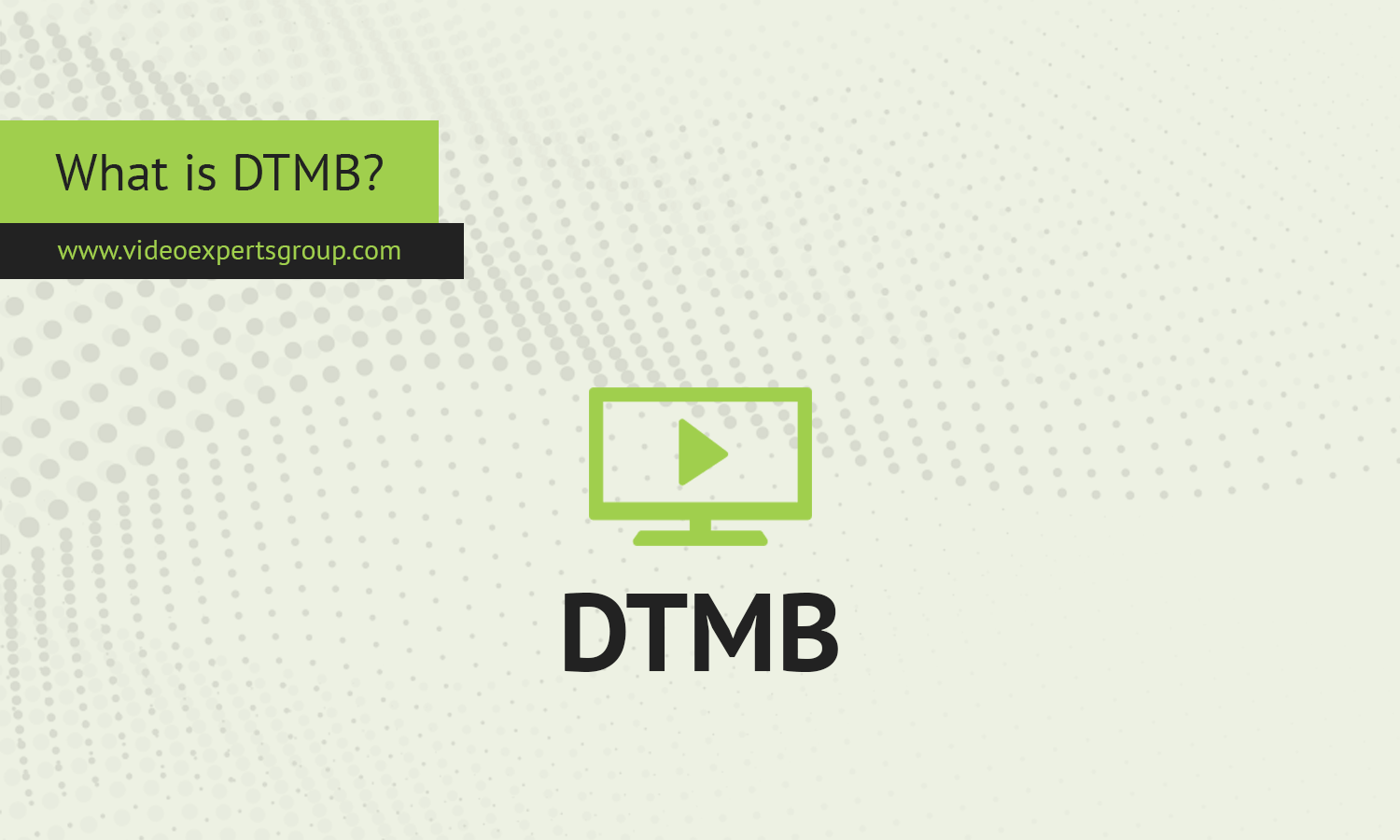Digital Terrestrial Multimedia Broadcast (DTMB) is a digital television standard that allows the transmission of multimedia content, including video, audio, and data, over terrestrial networks. It was developed to provide better picture and sound quality for viewers while being more efficient than analog broadcasting. DTMB is particularly known for its ability to transmit high-definition (HD) content, improved reception in rural and urban areas, and the capacity to support mobile television services.
Meaning
DTMB stands for Digital Terrestrial Multimedia Broadcast. It is a broadcast standard designed to transmit television and multimedia content over the airwaves without the need for a satellite or cable connection. DTMB is part of the next-generation digital TV standards that aim to replace the older analog systems, improving bandwidth usage and providing enhanced video and audio quality. Unlike its analog predecessors, DTMB uses digital signals, which are less prone to interference and provide a more stable and higher-quality viewing experience.
Countries Using DTMB

DTMB was first developed in China, and it is primarily used in that region. However, several other countries have also adopted the DTMB standard for digital television broadcasting. These include:
- China: DTMB is the official digital TV standard, covering the entire country.
- Hong Kong: Transitioned from analog to digital broadcasting using the DTMB standard.
- Macau: Uses DTMB for its digital TV services.
- Cuba: Adopted DTMB as its digital broadcasting standard in collaboration with China.
- Laos: Another Southeast Asian country using DTMB for digital TV services.
While DTMB is mostly used in China and its surrounding regions, it is gradually gaining traction in other countries as a cost-effective digital broadcast solution.
Features
DTMB comes with several advanced features that make it suitable for modern broadcasting needs:
- High-definition support: DTMB allows broadcasters to transmit HD content, improving the viewer experience with sharper and clearer images.
- Multiple modulation options: It supports different modulation schemes, like Time-Division Synchronous Orthogonal Frequency-Division Multiplexing (TDS-OFDM), to optimize the signal for different environments, whether urban or rural.
- Mobile TV support: DTMB can broadcast to mobile devices, allowing viewers to watch live TV on the go.
- Interference resistance: It is designed to work well even in areas with high levels of interference, providing clear reception.
- Interactive services: DTMB can be used to deliver interactive services, such as real-time voting or on-demand content, thanks to its data transmission capabilities.
- Energy efficiency: DTMB is more energy-efficient compared to analog transmission, reducing the power consumption of broadcast stations.
What is DTMB Used For?
DTMB is primarily used for digital television broadcasting. It allows broadcasters to transmit multimedia content such as TV shows, live broadcasts, and even interactive services over the air. The main uses of DTMB include:
- Broadcasting TV content: Viewers can receive both standard-definition (SD) and high-definition (HD) television channels.
- Mobile TV: DTMB supports mobile TV services, enabling users to watch television on their smartphones and portable devices.
- Interactive multimedia services: Beyond just video and audio, DTMB can also transmit data, allowing for interactive applications such as real-time voting or accessing additional information during broadcasts.
- Emergency broadcasts: DTMB systems can be used for emergency alert services, such as broadcasting critical information during natural disasters.
How Does DTMB Work?
DTMB works by converting audiovisual content into digital signals, which are then transmitted over terrestrial radio waves. Here's a step-by-step overview of how the process works:
- Content Preparation: Video, audio, and additional data are first encoded using a compression method like MPEG-2 or H.264 to reduce the file size without losing quality.
- Modulation: The encoded content is then modulated using either TDS-OFDM or another modulation scheme, depending on the environment. This allows the signal to be optimized for transmission through airwaves.
- Transmission: The modulated signal is broadcast from terrestrial transmitters, similar to how analog TV signals were transmitted. However, since it is a digital signal, it is less prone to interference.
- Reception: Viewers with a DTMB-compatible receiver or set-top box can capture the broadcast signal. The receiver demodulates and decodes the digital signal back into video and audio, displaying the content on the television.
- Mobile Reception: DTMB is also designed to support mobile reception, meaning users can watch live broadcasts on mobile devices while in transit.
DTMB Examples
Here are some practical examples of DTMB in action:
- China Central Television (CCTV): In China, CCTV broadcasts several digital channels using the DTMB standard, including both SD and HD content.
- Hong Kong: Major broadcasters like TVB and RTHK use DTMB to deliver digital television content to the public.
- Mobile TV: In several Chinese cities, DTMB enables mobile TV services that allow users to watch live broadcasts on public transportation or on their smartphones.
- Cuba: The Cuban government has rolled out DTMB as part of its nationwide transition to digital television, providing both SD and HD content to its citizens.
FAQ
DTMB is a cutting-edge digital broadcasting standard offering various benefits over older analog systems. Its versatility, energy efficiency, and ability to transmit high-quality content make it a popular choice in countries like China, Hong Kong, and Cuba.
















